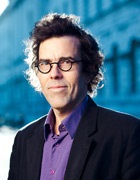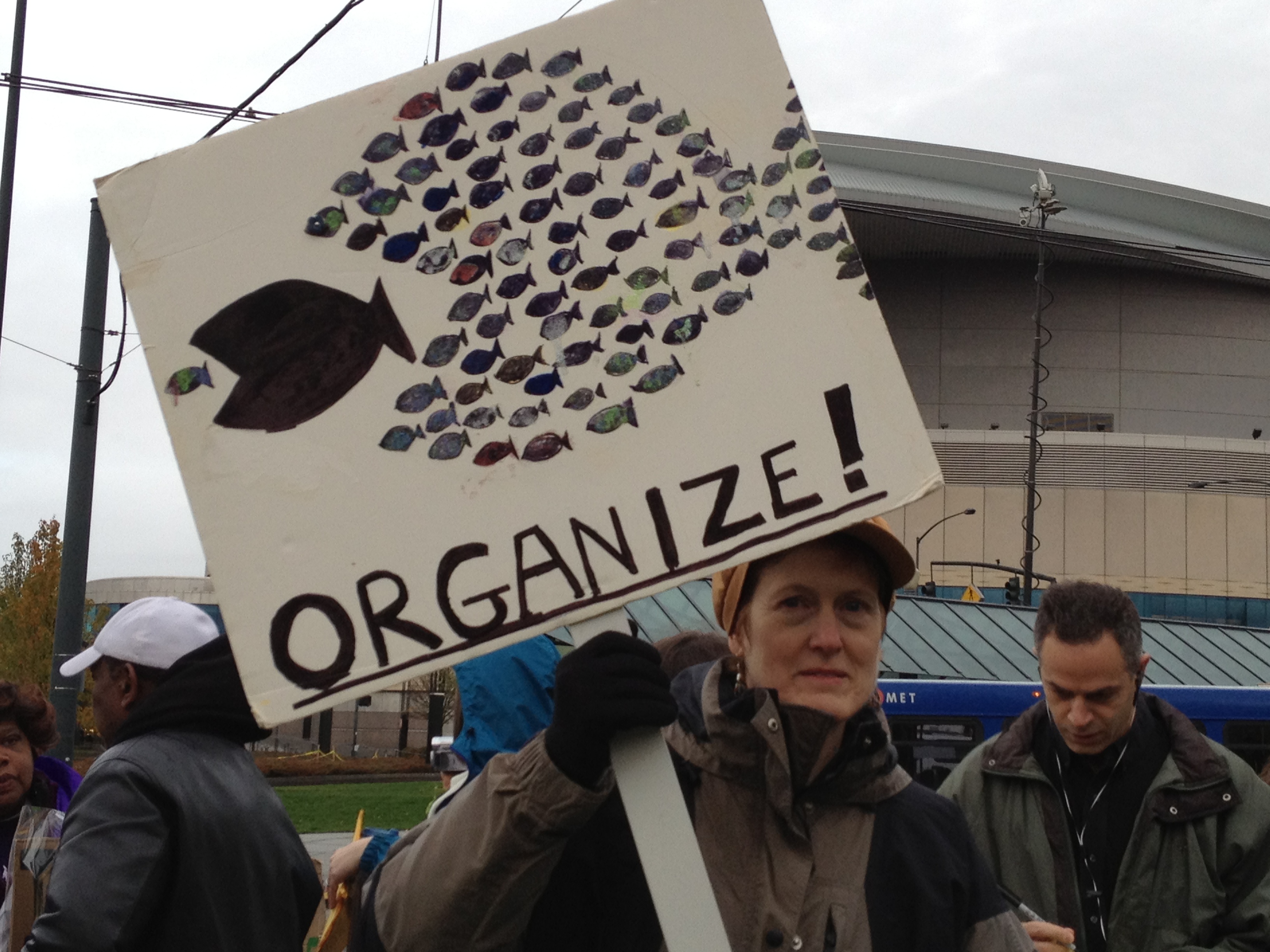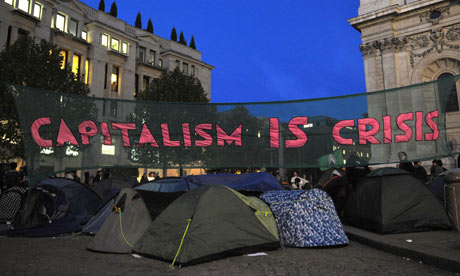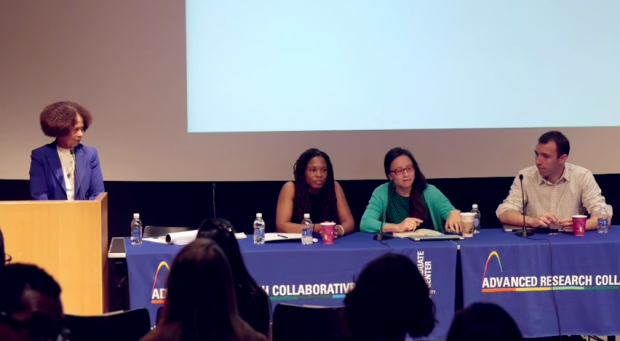David Howell is a professor of Economics and Urban Policy at The New School. His recent research “Lousy Jobs in the Rich World: What happened to shared growth?” is focused on economic growth and the how workers have benefited from it. His research is driven by the following puzzle: if economic growth and productivity have been increasing over the last 3 decades during the era of neoliberal reform, why haven’t the effects of this growth benefited the majority of workers? Why should maximizing growth be the priority?
In the orthodox economic point of view, inequality is explained by globalization and outsourcing. The belief is that Skilled Bias Technological Change (SBCT) contributes to unequal levels of income shares (Howell, ARC Talk). However, in this setup there is no emphasis on institutions.
To challenge this orthodox economic point of view, professor Howell’s research emphasizes the effects of institutions on the evolution of lousy jobs across the United States and 4 additional rich countries since the early 1980’ to answer two interrelated questions. The first question is how has decent GDP growth, productivity growth, and decent jobs moved over the last few decades in each of the five countries? The second question is what is the institutional story that can be told? Howell hopes to show the decline in bargaining power for employed workers and institutional factors (rules, laws, organizational structures, policies, and social norms) are to blame for the decline in decent jobs in lieu of traditional economic explanations.
To carry out this research, professor Howell first created two new low-wage threshold measures and compares these to a more conventional low-wage measure commonly used in socio-economic research (2/3rds the median income of full-time workers). Howell’s new low-wage threshold measures are defined as 2/3rds of the mean wage of the bottom 90% of full-time workers and 2/3rds of the mean wage of the bottom 90% of full-time prime-aged earners (between 35-59 years of age). Howell then uses the two new low-wage measures to create the lousy jobs measure defined as low-wages plus those individuals working involuntarily part-time. He then showed descriptive results using these measures for the United States.
Interestingly, the alterative low-wage measures show the cut offs for individuals earning low wages should actually be much higher in the past 3 decades than those calculated using the more conventional measure utilized by the OECD, IMF and others. Particularly for the year 2014, for example, Howell’s new low-wage cut off defined as 2/3rds of the mean for the bottom 90% of full-time prime-aged earners, show that jobs defined as low-wage in the United States should be nearly 16 dollars versus the 12 dollar threshold obtain using the conventional measure. Overall, with these findings professor Howell shows that a much higher share of working men and women have been earning low wages over the last three decades than previous studies have shown.
Utilizing the lousy jobs measure, professor Howell highlights several interesting findings. The first is a tale of convergence. In the United States, women have typically held a higher share of lousy jobs since 1979, but men are catching up. Howell shows, for example, that around 50% of women held lousy jobs in 1979 compared to 45% in 2014. Around 20% of men held lousy jobs in 1979 compared to 35% in 2014. Moreover, professor Howell shows the share of prime-aged men with lousy jobs has been increasing steadily over the last 3 decades to converge with that of prime-aged women, especially for those without a college degree. In 1979 around 15% of low educated prime-age men held lousy jobs, compared with 32% in 2014. Nearly 50% of low educated prime-aged women held lousy jobs in 1979, and after declining slightly, rose to the same levels in 2014.
Perhaps most strikingly, professor Howell shows that in 2014, men and women in lousy jobs with a high education had similar median wages to those with low education. Wages for men and women ages 18-34 with a high education were around 11 USD an hour, while wages for men with a low education were around 10 USD an hour and a little more than 9 USD an hour for women. For prime-aged workers the numbers are even more similar. Median wages for men and women with high education were around 11 USD and hour, while median wages for men with low education was right under 11 USD and around 10.50 for women.
Professor Howell’s innovative study should continue to shed more light on the issue of job quality and work precarity. His findings should provide empirical evidence that shows in an era of rising inequality and rising growth, the bounties of this growth did not translate into more high paying jobs. Professor Howell’s preliminary findings also show that no one is safe. Men and women, and especially those with a low education, are not shielded from being stuck in a lousy job. He also shows that once in a lousy job, wages are similar for men and women with both a high and low education – especially for prime-aged workers.
The next step will be looking at other facets of job quality, including the issue of flexible schedules (when workers don’t know their schedule from one week to the next), and lack of or inadequate access to social benefits not tied to employment. Targeting such issues will help to lead researchers toward providing more concrete evidence that “bargaining power” and institutional changes are to blame for the rise in lousy jobs.
To conclude, it is our hope that in the case studies, professor Howell will look not just at institutional changes, but the politics surrounding the institutional changes that are correlated with the rise in lousy jobs, especially in the United States. If social science research is supposed to impact policy and policy change, researchers analyzing the United States need to ask themselves what is the most effective way to do this with the hyper partisan political climate we are currently living in where money rules and issues facing the general public are often ignored.









